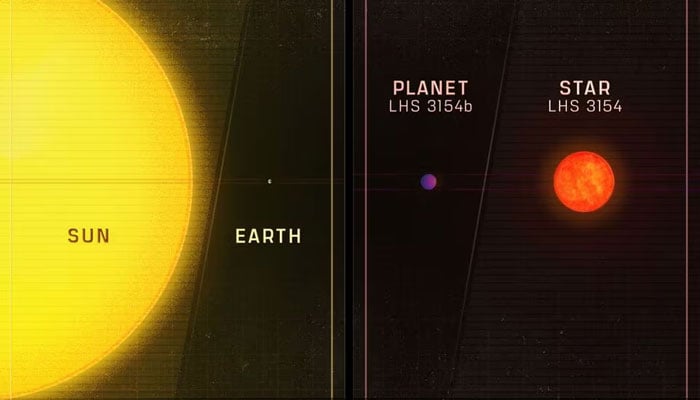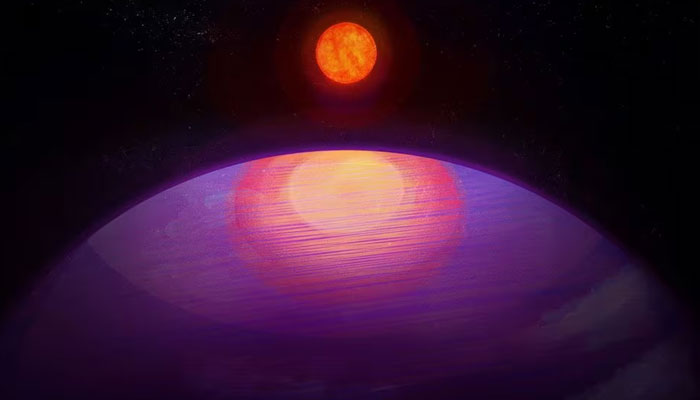'Too massive for its star': Planet defies expectations with unexpected planet-to-star size ratio
The planet, at least 13 times Earth's mass, orbits incredibly close to its star
December 03, 2023

Astronomers are reevaluating their understanding of planetary formation around red dwarfs after the surprising discovery of a massive planet, named LHS 3154 b, orbiting a red dwarf star, LHS 3154, only 11% of the sun's mass.
The finding challenges previous assumptions that red dwarfs, being smaller and less luminous than our sun, could only host planets similar in size to Earth.

Penn State astronomer Suvrath Mahadevan, a leader in the study published in the journal Science, remarked on the unexpected nature of the discovery, stating, "We discovered a planet that is too massive for its star." The planet, at least 13 times Earth's mass, orbits incredibly close to its star, completing a revolution every 3.7 days, challenging conventional notions of planetary formation around red dwarfs.
Lead author of the study, Princeton University astronomer Guðmundur Stefánsson, emphasised the unique nature of the star, LHS 3154, describing it as "barely a star" with a mass just above the threshold for supporting hydrogen fusion. The newfound planet's mass ratio with its host star is more than 100 times greater than that of Earth and the sun, prompting a reevaluation of the factors influencing planet formation.
The researchers used the Habitable Zone Planet Finder (HPF) instrument on the Hobby-Eberly Telescope to detect a subtle wobble in the host star caused by the gravitational effects of the orbiting planet. The instrument, designed to identify planets around cool stars with potential for liquid water, continues to unveil unexpected aspects of planetary systems.
The peculiar characteristics of LHS 3154 b, which may be similar in size and composition to Neptune, raise questions about the conventional understanding of planet-forming disks around low-mass stars. Mahadevan highlighted the constant stream of surprises in our exploration of planets and planet formation, emphasising the need for continued research and new instruments to expand our knowledge of the universe.











